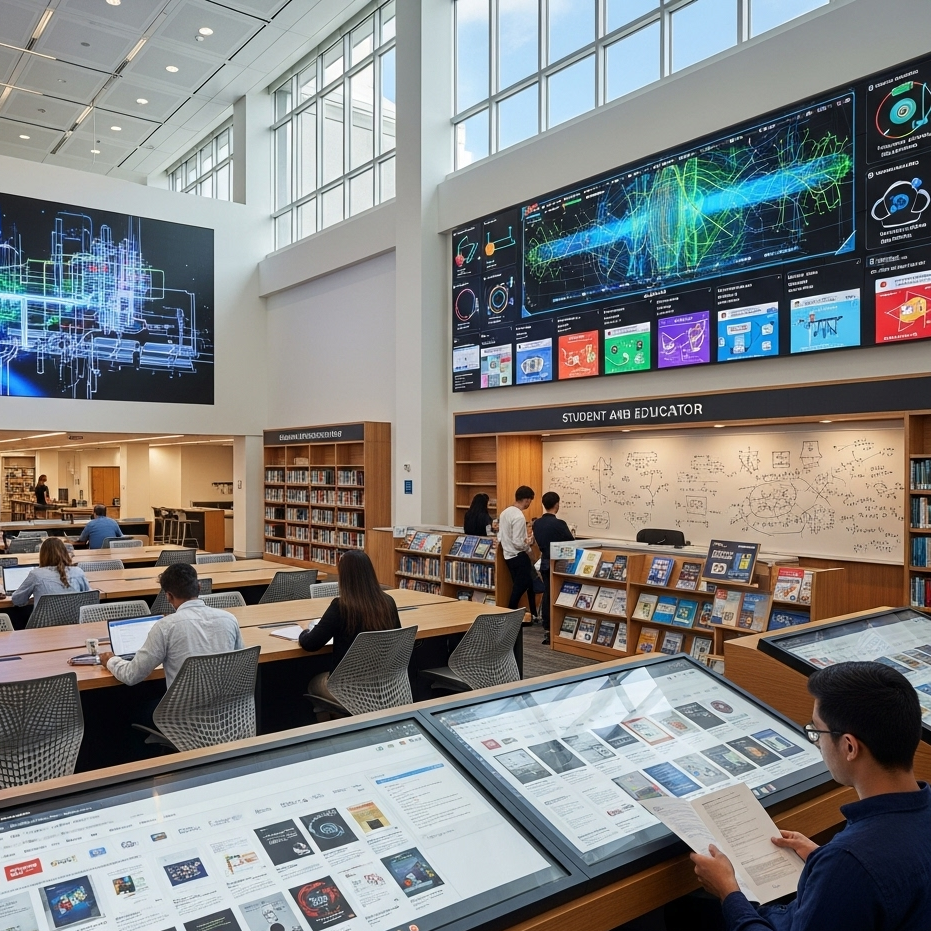In recent years, vertical farming has emerged as a promising solution to address the growing challenges of food security, resource scarcity, and urbanisation. The concept involves growing crops in vertically stacked layers or on vertically inclined surfaces. Vertical farming offers numerous potential benefits, including increased crop yields, reduced water usage, and year-round production. However, vertical farming faces drawbacks, failures, limitations, and challenges that must be addressed for it to reach its full potential.
One of the primary challenges facing vertical farming is its high initial capital investment and operational costs. Setting up a vertical farm requires substantial investment in infrastructure, including specialised lighting, irrigation systems, and climate control technology. In addition, the energy requirements for maintaining optimal growing conditions can be significant, leading to high electricity bills. These costs can render vertical farming economically unfeasible, particularly for small-scale operations or in regions with low-energy availability or high electricity prices.
Another significant limitation of vertical farming is its dependence on artificial lighting. Although advancements in LED technology have made indoor farming more energy efficient, reliance on artificial lighting still represents a significant operational cost. Moreover, providing uniform light distribution throughout the vertical farm can be challenging, leading to variations in crop growth and quality. In addition, the use of artificial lighting contributes to the carbon footprint of vertical farming, undermining its potential as a sustainable agricultural practice.
Vertical farming also faces inherent limitations in terms of crop selection and yield potential. While certain crops, such as leafy greens and herbs, are well-suited to vertical farming because of their compact size and rapid growth rates, other staple crops, such as grains or root vegetables, may be less suitable. The limited vertical space and specialised growing conditions of vertical farms constrain the types of crops that can be grown economically, restricting their ability to significantly contribute to overall food production.
Furthermore, vertical farming is not immune to pest and disease outbreaks, despite its controlled indoor environment. The dense planting configurations and uniform environmental conditions of vertical farms can create ideal conditions for the proliferation of pests and pathogens, leading to crop losses and reduced yields. Managing pest and disease pressures in vertical farming requires careful monitoring, integrated pest management strategies, and often the use of pesticides or other chemical interventions, which may compromise the sustainability and quality of the produce.
In addition to these technical challenges, vertical farming faces broader systemic barriers that hinder its widespread adoption and scalability. Land availability, zoning regulations, and urban planning constraints can limit the expansion of vertical farming operations, particularly in densely populated urban areas where space is at a premium. Moreover, the reliance of vertical farming on advanced technology and specialised expertise may exacerbate inequalities within the agricultural sector, excluding smallholder farmers and marginalised communities from participating in or benefiting from vertical farming initiatives.
Despite these challenges and limitations, there is still considerable optimism surrounding the potential of vertical farming to revolutionise agriculture and food production. Continued technological innovation, research, and investment are essential to address the technical, economic, and systemic barriers facing vertical farming. By overcoming these challenges, vertical farming can play a significant role in building more resilient, sustainable, and equitable food systems for the future.
